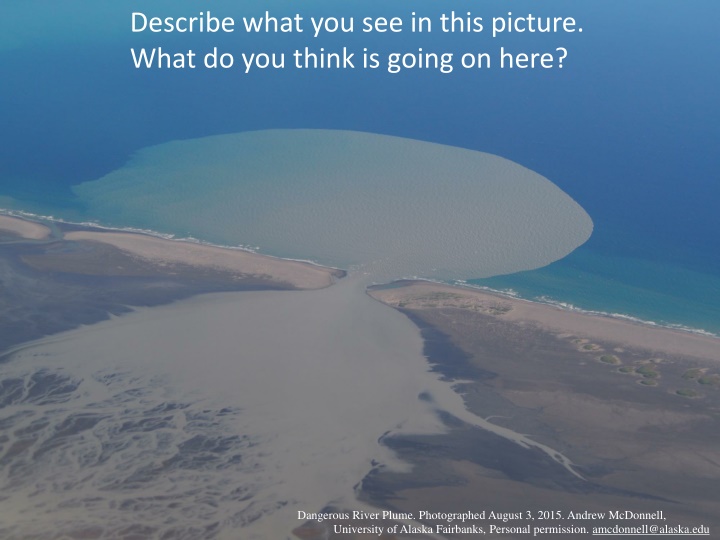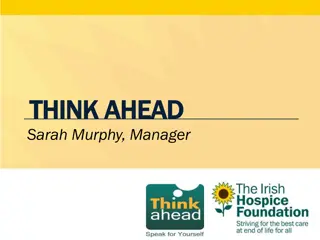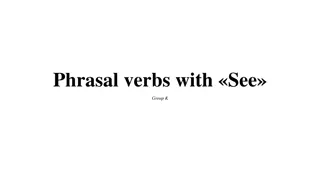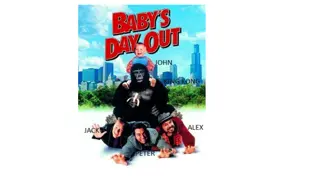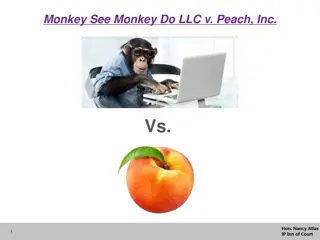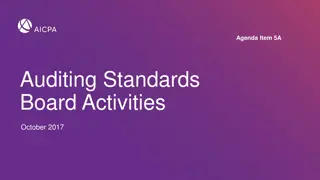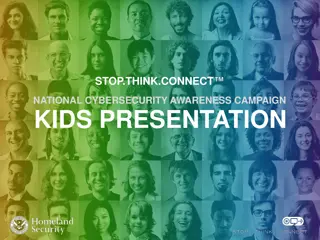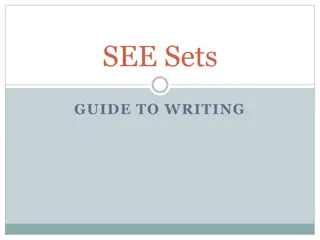Describe what you see in this picture. What do you think is going on here?
Dive into the fascinating world of sediment transport through rivers, marshes, and beaches in this educational journey. Follow the path of a grain of sand as it travels through various stages in the watershed, learning about the impacts of sediments on ecosystems and human activities along the way. Discover how sediments can both harm and benefit our environment, shaping landscapes and influencing water quality. Join marine science graduate student Jessie Turner on a mission to understand water clarity in the Chesapeake Bay through sediment analysis and exploration.
Download Presentation

Please find below an Image/Link to download the presentation.
The content on the website is provided AS IS for your information and personal use only. It may not be sold, licensed, or shared on other websites without obtaining consent from the author.If you encounter any issues during the download, it is possible that the publisher has removed the file from their server.
You are allowed to download the files provided on this website for personal or commercial use, subject to the condition that they are used lawfully. All files are the property of their respective owners.
The content on the website is provided AS IS for your information and personal use only. It may not be sold, licensed, or shared on other websites without obtaining consent from the author.
E N D
Presentation Transcript
Describe what you see in this picture. What do you think is going on here? Dangerous River Plume. Photographed August 3, 2015. Andrew McDonnell, University of Alaska Fairbanks, Personal permission. amcdonnell@alaska.edu
Sediments are a natural part of our world Sediments can be bad for ecosystems and people when too much erosion causes lower water quality. Sediments can be good for ecosystems and people because they are used to replenish marshes and nourish beaches. Video Links: Bay 101: Sediment https://vimeo.com/110608386 Marsh Replenishment https://www.youtube.com/watch?v=_AIgYACJfSQ&feature=youtu.be Beach Nourishment https://www.youtube.com/watch?v=-7w6jY6LnpM
Game Instructions You will be travelling around the watershed as an individual grain of sand. Each student is one grain of sand. Keep track of where you go on the worksheet with the table. Each turn, when you arrive at a new station: o Write down where you have arrived in the 2nd column of the current row and in the first column of the next row down. o Write down how you got there what was your sediment transport process? o Roll the dice to see where you will go next.
Example Time Location started Location ended Transport process (What happened?) 1 Ocean Beach Wind/waves washed me up 2 Beach
Motivation for this lesson My name is Jessie Turner and I am a marine science graduate student at the Virginia Institute of Marine Science (VIMS). I study water clarity in the Chesapeake Bay. One of my projects is trying to find out how the amount of sediments coming from rivers and bank erosion changes how clear the water is in the Bay. I need to know where the sediments came from, how fast they settle to the bottom, and how long they stay in each part of the Chesapeake Bay before they get resuspended and moved somewhere else. I also help collect sediment samples for lots of other projects.
